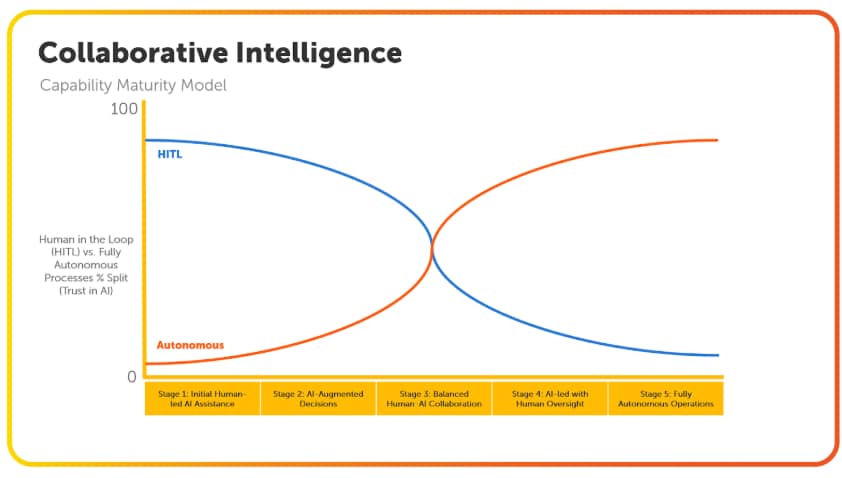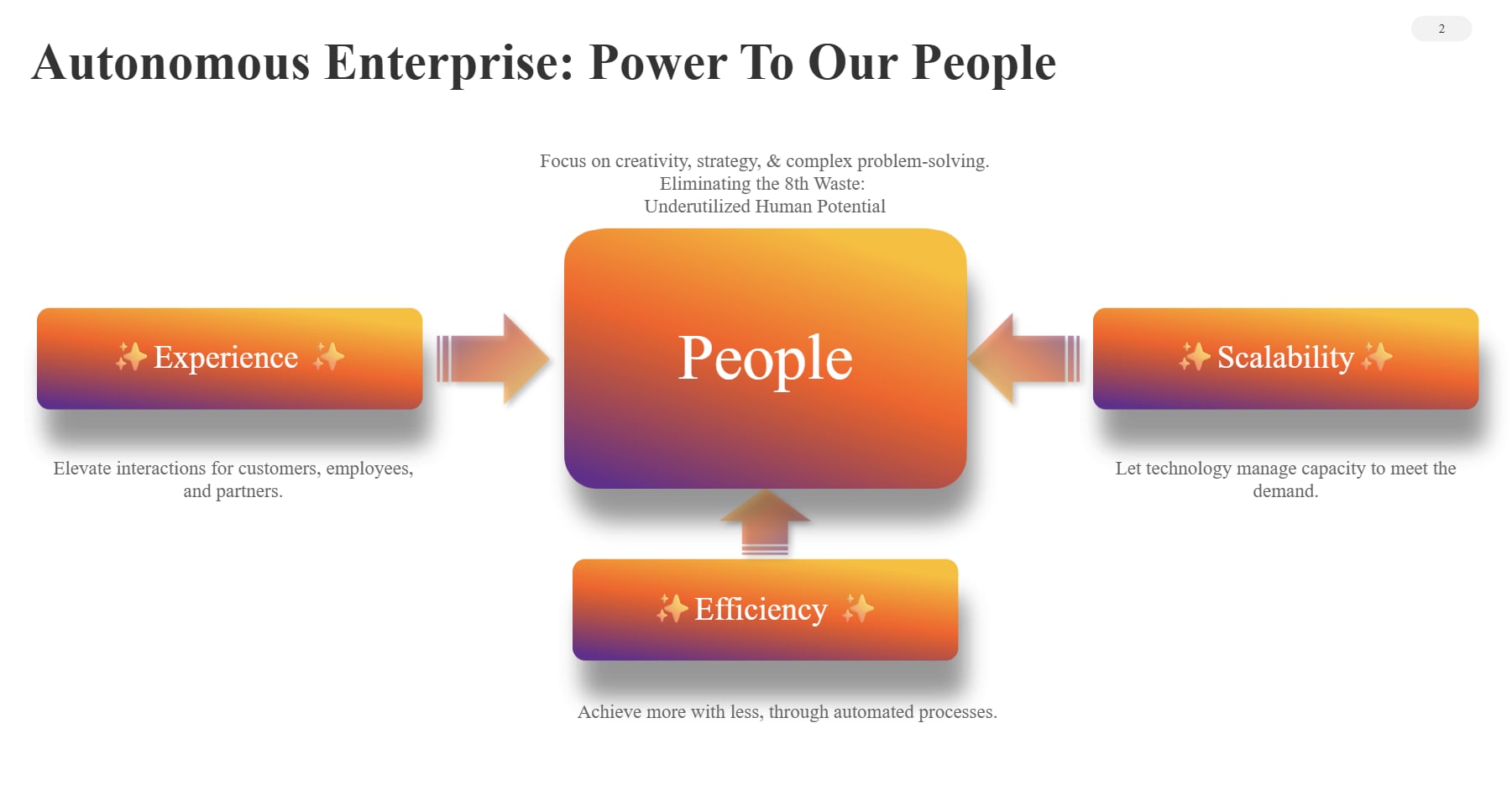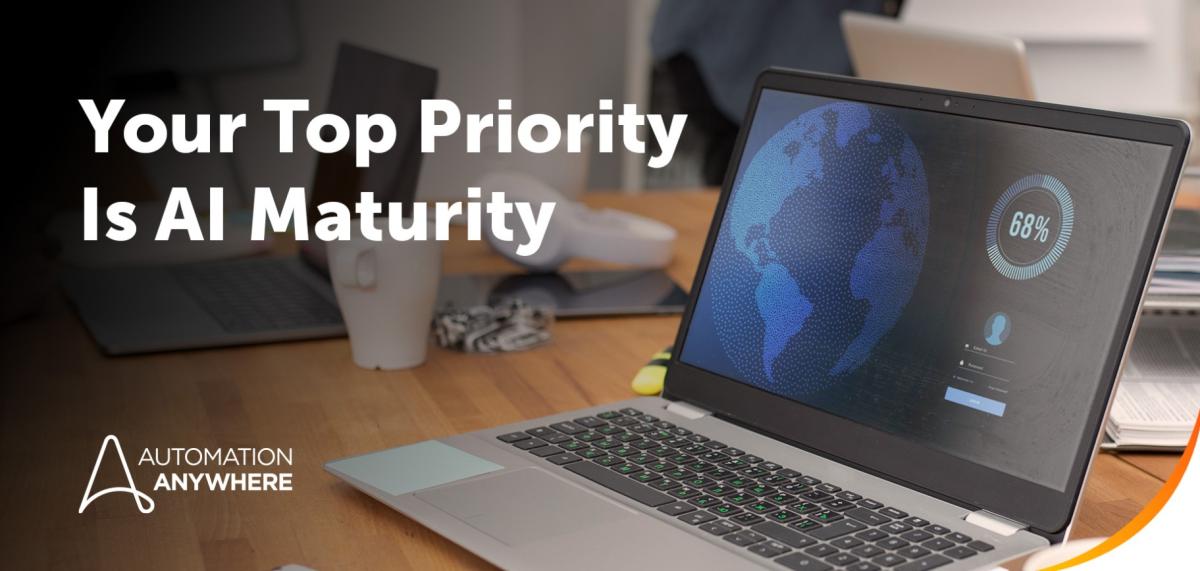- Login
- Search
- Contact Us
-
Have a question? Our team is here to help guide you on your automation journey.
-
Explore support plans designed to match your business requirements.
-
How can we help you?
-
- .AI
AI Without the Hype From pilot to full deployment, our experts partner with you to ensure real, repeatable results. Get Started
- Automation Anywhere AI
-
- Solutions
Featured Agentic Solutions
Accounts Payable Invoice automation—No setup. No code. Just results. Accounts Payable
Customer Onboarding Scale KYC/AML workflows. Customer Onboarding
Customer Support Keep queues moving, even at peak load. Customer Support
Healthcare RCM Revenue cycle management that runs itself. Healthcare RCM
- Products
Platform Features
- Agentic process automation (APA)
- Robotic Process Automation (RPA)
- View all Products
-
- Resources
Get Community Edition: Start automating instantly with FREE access to full-featured automation with Cloud Community Edition.
Featured
 Named a 2025 Gartner® Magic Quadrant™ Leader for RPA.Recognized as a Leader for the Seventh Year in a Row Download report Download report
Named a 2025 Gartner® Magic Quadrant™ Leader for RPA.Recognized as a Leader for the Seventh Year in a Row Download report Download report- Become an Expert
- Developer Tools
- Get Support
- View all resources
-
- Partners
Find an Automation Anywhere Partner Explore our global network of trusted partners to support your Automation journey Find a Partner Find a Partner
- Find a Partner
- For Partners
-
Blog
Becoming an Autonomous Enterprise: How to Build an AI-Infused Operating Model
Navigate to content
Researchers at RAND estimate that 80% of AI projects fail — twice the failure rate of IT projects free of AI. While teams point to bad data, weak governance, and unclear ROI as the root causes, another obvious cause lurks: attempting to tack AI onto legacy systems. Not only legacy systems of technology, but legacy systems of work.
On the journey to becoming an autonomous enterprise, technology is the foundation. As human workers become more comfortable and familiar with AI-driven assistance, humans and AI increase collaboration on end-to-end processes — what’s referred to as collaborative intelligence.
As an enterprise increases AI capability maturity, AI takes on more of the work while humans switch to oversight. However, this AI-infused operating model requires adjustments to governance, organizational structures, processes, and performance management to ensure AI alignment with strategic business objectives.
Let’s explore how the success of AI initiatives, ironically, depends on the non-technological aspects of the initiative.
The five components of an AI-infused operating model
Without AI, humans manage nearly all of the work. In a fully autonomous enterprise, the roles reverse, and AI handles most of the work.
This balance is shown below. As an enterprise’s maturity increases along the Capability Maturity Model for Collaborative Intelligence (CI-CMM) spectrum, human workers step out of the processes to oversee and validate AI decisions and actions. Along the journey, AI is increasingly infused into more processes, allowing workers to experiment with and test new AI applications, and the benefits continue to increase.

But, reducing an AI initiative’s purview to “processes” overlooks much of the enabling infrastructure and change management necessary for success. AI capability maturity aimed at developing an AI-infused operating model relies on a comprehensive project scope that considers and engages the following five core enablers of success:
#1 - Processes & procedures
In the aforementioned research, RAND found that the leading cause of AI project failure was a misunderstanding of the problem to be solved. Understanding the method of work is a critical prerequisite to increasing AI capability maturity.
For most enterprises in the early stages of AI experimentation and deployment, AI is often relegated to an assistant role, correcting grammar, finding data, and summarizing information, with time savings as the primary benefit. As AI capability maturity advances, AI is pushed into more critical roles, increasing its scope and value to the enterprise. Where low-maturity enterprises utilize AI to, say, categorize invoices, high-maturity enterprises use AI to categorize, validate, and approve incoming invoices and then process payments while managing exceptions along the way.
To begin the AI journey and ensure subsequent success, the process itself must be defined, targeted outcomes and goals understood, and tasks optimized to reach fully AI-infused operations.
#2 - Systems & tools
With processes defined and goals understood, AI’s technological foundation can be constructed. Similarly to any technology deployment, and considering the speed of recent AI innovations, legacy tools are likely incapable of offering adequate support for today’s enterprise expectations. Those same points can guide the selection of a modern AI infrastructure, too.
Best practices for constructing an AI-infused operating model prioritize scalable, interoperable platforms that offer agnostic tools and connect with any custom or third-party vendor’s AI models and platforms. Many enterprises begin with popular foundational models from AWS, Azure, and Google. With maturity, however, having the option to build custom AI models enables increased flexibility, scale, and support for unique and niche business needs.
Scale then requires orchestration to combine AI agents and automation and enabling them to work collaboratively as they autonomously take on end-to-end complex processes. Orchestration tools should also allow for exception handling, built-in access controls and compliance checks, and auditability to add governance capabilities as agentic workflows scale across the enterprise.
#3 - People & roles
Change management is crucial to creating an autonomous enterprise. Workers will adapt and improve as their trust in AI increases, collaboration with AI returns real and impactful benefits, and they’re freed to focus on the more rewarding, creative, and strategic elements of their jobs. What's key is putting people at the center of AI efforts.

New roles will also be required to accelerate AI-infused scalability. AI Engineers, Prompt Engineers, and Governance Leads, to name a few, are relatively new titles that must be filled as AI capability maturity increases. Across roles, workers will have core, people, and AI responsibilities to tackle their fundamental job, work collaboratively with others, and leverage AI tools and platforms to increase effectiveness.
#4 - Governance, risk & compliance
Increasing AI capability maturity requires trust in AI outcomes, which relies on effective governance to enhance compliance and mitigate risk. Responsible AI deployment relies on security, privacy, transparency, and more — all outcomes of effective governance.
Best practices follow NIST- and ISO-aligned policies to ensure explainability, oversight, and fairness. Workers and AI agents also require real-time guardrails, access controls, and auditability to avoid “shadow IT,” maintain compliance and, when issues arise, understand the cause and take corrective actions quickly.
#5 - Performance & continuous improvement
Increasing maturity is synonymous with continuous improvement. Improvement relies on consistent performance. Platforms used to drive AI capability maturity must employ feedback loops to identify issues and opportunities and encourage continuous improvement.
What gets measured gets managed, so using scorecards and establishing KPIs tied to AI goals and outcomes is a great first step. Measurements of speed, accuracy, and ROI can enhance efficiency and productivity metrics, thereby broadening the realized impact of AI initiatives and aligning them more closely with strategic goals.
What an autonomous enterprise looks like
A fully mature, AI-infused autonomous enterprise runs with operations that function independently of humans. Self-learning AI agents and platforms, and autonomous decision-making systems, manage and govern processes with little or no human intervention.
Workers are then free to focus on more strategic, cognitive tasks, decisions, and processes. Remember, an autonomous enterprise doesn’t run without humans. An autonomous enterprise utilizes AI and agentic automation to elevate work and the humans who do the work into new roles, new ways of working, and new levels of focus, creativity, and innovation.
In reality, this manifests as an operation that relies on AI and agentic automation to manage operations, inventory, scheduling, and customer service without human intervention. Humans take on niche cases, outliers, high-value customers, and in-person processes while governing and improving AI-infused processes.
From maturity model to operating model
As an enterprise matures, it transitions from AI agents serving as assistants to humans relying more on AI-infused processes and, eventually, offloading end-to-end processes to agentic AI for fully autonomous operations. The CI-CMM defines the vision of an autonomous enterprise, enabling leaders to understand their current maturity and what is required to improve. That knowledge enables leaders to implement initiatives, systems, and processes that further an AI-infused operating model.
To mature, enterprises must deploy the required systems and enable the expected capabilities, all while ensuring workers, governance guardrails, and performance measurements are in place to track, manage, and guide continuous improvement.
Stage | Characteristics | Systems | Capabilities |
|---|---|---|---|
Stage 1: Initial human-led AI assistance | Leverage basic AI tools to support decision-making, but with significant oversight | Data analysis tools, basic AI software, decision support systems | Basic understanding of AI tools and capabilities |
Stage 2: Emerging collaboration from AI-augmented decisions | Enhance, improve, and accelerate human decision-making through valuable insights and augmented decision-making processes | Advanced analytics platforms, machine learning tools | Intermediate data analysis, AI tool manipulation skills, advanced human-AI collaboration techniques |
Stage 3: Balanced collaboration between humans and AI | People and technology collaboratively complete end-to-end processes and work towards achieving larger goals | Integrated AI systems, predictive analytics, collaborative tools | Collaboration and communication with AI systems, knowledge of integrated AI systems, and collaborative problem-solving with AI |
Stage 4: Advanced collaboration, AI-led with human oversight | AI provides information and execute processes with human-in-the-loop (HITL) supervision for high autonomy while humans still make critical decisions | Autonomous AI tools, real-time analytics systems | Advanced AI strategy development, experience with autonomous AI tools, and ethical considerations |
Stage 5: Autonomous enterprise with fully autonomous operations | Operations function independently and self-learning AI platforms manage and govern processes with minimal human intervention | Self-learning AI platforms, autonomous decision-making systems | Expertise in AI governance, self-learning system management, understanding of autonomous decision-making processes |
The time to build is now
McKinsey says that more than three-quarters of enterprises have deployed AI in at least one business function. AI is table-stakes for those expecting to compete effectively. To excel, increasing AI maturity must be a top priority: The same McKinsey report shows that nearly half of enterprises have deployed AI in three or more business functions.
The early AI adopters have already pulled ahead. Those still evaluating and experimenting with AI have become the laggards. The speed of AI innovation should be enough to compel leaders to reevaluate their organization’s march to becoming an autonomous enterprise. And, it shouldn’t be a long-term goal; an AI-infused operating model is an advantage that should be well underway.
Enterprises at the lower levels of maturity have much work to do. The time to build an autonomous enterprise is now.
What’s the next step? Download the CI-CMM white paper to see how your organization can operationalize AI across every dimension of enterprise work.
About Raman Dhillon

Get to know the Agentic Process Automation System.

For Students & Developers
Start automating instantly with FREE access to full-featured automation with Cloud Community Edition.



